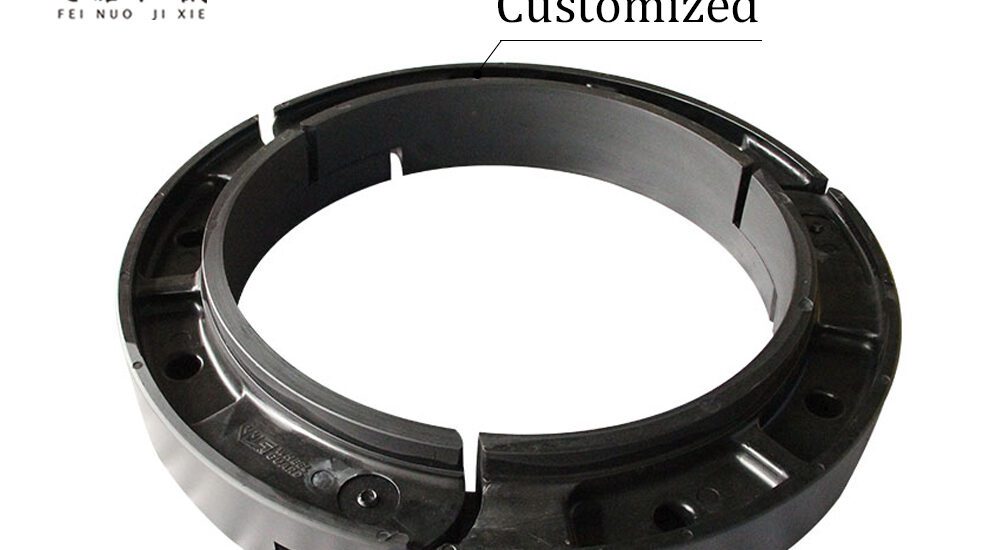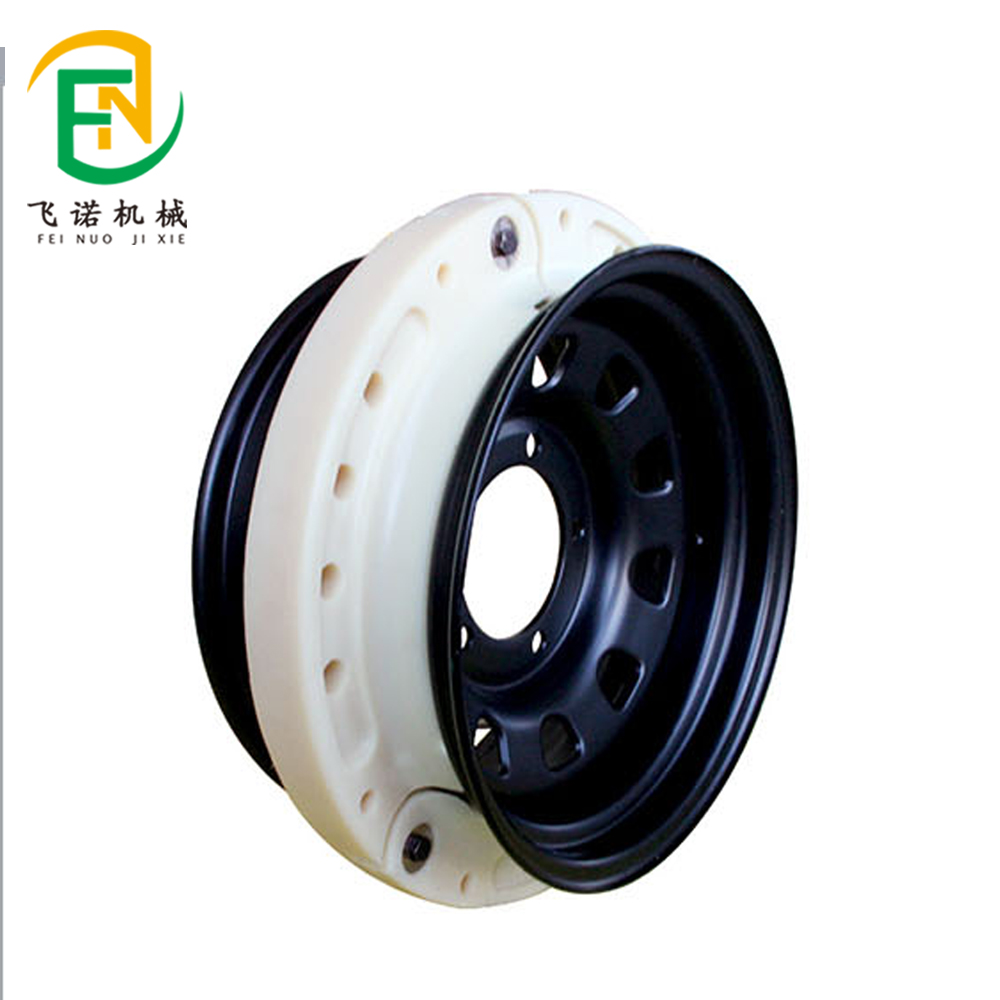- June 3, 2025
- Posted by: feinuojixie
- Category: Run Flat Guide


In the world of competitive sports, every second counts—and so does every step. Athletes push their bodies to the limit, training day in and day out, often relying on footwear that isn’t designed to keep up with the intensity of their movement. Standard shoe designs may look sleek and feel comfortable out of the box, but under pressure, they often fail to provide the critical support and durability that high-performance demands.
That’s where the run flat insert enters the conversation. Borrowing concepts from military and automotive industries, this innovation offers unmatched resilience and protection within a sleek form factor designed specifically for athletes. It’s not just about cushioning—it’s about performance integrity, even under extreme wear or damage. Whether you’re sprinting on a track or leaping on the court, the run flat insert ensures that every step counts—consistently, confidently, and without compromise.
By integrating this technology into their gear, athletes gain more than physical support—they gain peace of mind. In this blog, we explore why a run flat insert isn’t a luxury, but a necessity for every serious athlete aiming for longevity, performance, and competitive advantage.



What Is a Run Flat Insert and How Does It Work?
At first glance, a run flat insert may seem like a small addition to an athletic shoe. However, its design is rooted in advanced engineering. Made from high-resilience materials like thermoplastic elastomers or polyurethane blends, a run flat insert is embedded in the midsole or heel region of athletic footwear to provide structure and shock resistance—even when the sole is compromised.
The concept is similar to run-flat tires, which allow a vehicle to keep moving even after a puncture. Likewise, a run flat insert enables athletes to maintain their stride and stability, even if their shoes sustain internal breakdowns during rigorous activity. The insert absorbs impact forces and redistributes them evenly, reducing stress on joints and muscles. In situations where footwear normally would fail, the insert steps in—literally.
Why Every Athlete Needs a Run Flat Insert Today
Modern athletic performance is intense. Whether it’s sudden directional changes on the field or repetitive pounding during long-distance runs, footwear is pushed to its limits. Without proper reinforcement, these forces lead to early shoe breakdown, reduced stability, and an increased risk of injury.
A run flat insert acts as a silent guardian. It reinforces the shoe’s internal structure, allowing for consistent performance through hundreds of training hours. For athletes, that means fewer distractions and more protection. The insert also promotes better posture and foot alignment, leading to reduced fatigue and a quicker recovery time. It’s not about fixing shoes—it’s about upgrading the entire athletic experience.
From Sprinters to Marathoners: Run Flat Insert Across Disciplines
Different sports place different demands on the body—and on footwear. For sprinters, a run flat insert cushions explosive starts and absorbs the shock of intense strides. For marathoners, it offers sustained support across miles of varying terrain, delaying muscle fatigue and preventing arch collapse.
In high-impact sports like basketball or soccer, where sudden pivots and jumps are common, the insert provides lateral stability and reinforces foot integrity. Even in training environments like CrossFit or circuit training, the insert’s consistent performance under varied loads helps athletes push harder with reduced risk. No matter the discipline, a run flat insert proves versatile and indispensable.
Real-World Results: Case Studies of Run Flat Insert in Action
Elite athletes and trainers are beginning to take notice. A professional sprinter reported a marked reduction in mid-season injuries after switching to shoes equipped with run flat insert. Meanwhile, a collegiate basketball team conducted a three-month trial and observed fewer ankle strains and less foot fatigue during double-practice days.
Even among amateur runners and gym-goers, feedback is overwhelmingly positive. A long-distance enthusiast shared that after integrating run flat insert into her footwear, she no longer experienced post-run heel pain that once sidelined her for days. These real-world outcomes reflect a simple truth: innovation at the sole level leads to noticeable results at the performance level.
Design Meets Science: The Technology Behind the Insert
Creating a run flat insert isn’t guesswork—it’s precise science. Engineers use pressure-mapping and gait-analysis data to determine optimal cushioning zones. The insert’s material is chosen for its ability to compress under load and return to shape quickly, preventing energy loss with each step.
The structure often includes strategically placed ridges or honeycomb designs to increase breathability without sacrificing strength. Designers test prototypes under conditions that mimic extreme sports scenarios, ensuring durability, responsiveness, and anatomical accuracy. This is not just gear—it’s wearable biomechanics built to enhance and protect.
The Competitive Edge: How Run Flat Insert Influences Mental Focus
Athletes know that confidence is as crucial as skill. When footwear becomes a liability—slipping, deforming, or offering inconsistent support—it distracts and diminishes performance. A run flat insert eliminates that mental interference.
Knowing their gear will not fail mid-stride, athletes can stay mentally present, focused on their game, their pace, or their form. This psychological benefit translates to faster reaction times, more precise movement, and better decision-making under pressure. It’s a quiet boost to mental resilience, all thanks to a stable step.
Sustainability and Longevity: More Than Just Performance
Beyond performance, a run flat insert contributes to sustainability in sportswear. Because the insert prolongs the structural life of the shoe, athletes don’t have to replace their gear as often. This reduction in turnover lessens waste and conserves materials—an important factor as more athletes seek environmentally responsible solutions.
Furthermore, many run flat insert designs are recyclable or made from partially recycled materials. Their durability reduces the carbon footprint of manufacturing by extending product life cycles. This makes them a smart choice for both the athlete and the planet.



What to Look for in a Quality Run Flat Insert
Not all run flat insert options are created equal. When choosing one, athletes should look for materials that balance cushioning and firmness. The insert should have reinforced edges to prevent lateral movement and a slim profile to ensure it doesn’t alter shoe fit.
Compatibility is key. Some inserts are custom-made for specific shoe models or brands, while others offer universal fitting. Check for certifications or lab testing data to ensure reliability. Avoid inserts with overly soft or spongy textures—they may feel good initially but won’t hold up under real stress.
The Future of Athletic Footwear Starts with the Insert
Footwear is evolving, and the run flat insert is leading that transformation. As athletes continue to demand more from their gear—more durability, more comfort, more protection—technology is rising to meet those needs at the most fundamental point: the step.
Run flat insert is more than a performance enhancer; it’s a mindset shift. It signals that athletes deserve uncompromised quality, from toe-off to landing. The next time you lace up, ask yourself: Is your shoe built for the future—or stuck in the past? For those who train smart, compete hard, and recover wisely, the choice is clear. Every athlete deserves better—and it starts with a run flat insert in every step.
